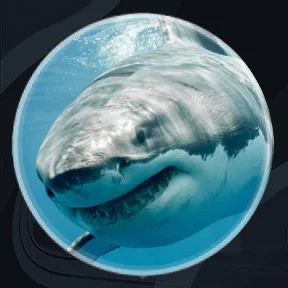How to Survive the Deep Sea | Adaptations Explained
The deep sea is a world of challenges. Pressure increases rapidly. In the mesopelagic zone, the light of the sun becomes a faint glow, and at 1,000 metres down, the midnight zone is bathed in darkness.
And yet, even in this bitter uninviting world of cold shadows, a myriad of peculiar creatures have made their homes, dramatically adapting their anatomy, behaviours and physiologies in order to cope with the challenge of living here. In this film, we’ll take a look at the unique ways in which these otherworldly creatures have adapted to thrive as masters of the deep dark sea.
00:00 | An Introduction to Deep Sea Adaptations
01:55 | Anatomical Adaptations - How Adaptations Arise
03:16 | Anatomical Adaptations - Colour and Camouflage
04:58 | Anatomical Adaptations - Vision in the Depths
06:45 | Anatomical Adaptations - Coping Under Pressure
08:11 | Anatomical Adaptations - Gigantism in the Abyss
10:01 | Physiological Adaptations - An Overview
10:55 | Physiological Adaptations - Bioluminescence
12:26 | Physiological Adaptations - Fish that Produce Antifreeze
13:04 | Behavioural Adaptations - An Overview
13:21 | Behavioural Adaptations - The Ecological Interactions
14:22 | Behavioural Adaptations - Scavenging the Sinking Snow
16:00 | Behavioural Adaptations - Surviving on the Sunken Scraps
16:33 | Behavioural Adaptations - The Great Vertical Migration
17:19 | Behavioural Adaptations - Their Importance
17:55 | Conclusion: Nature's Experiment
















































